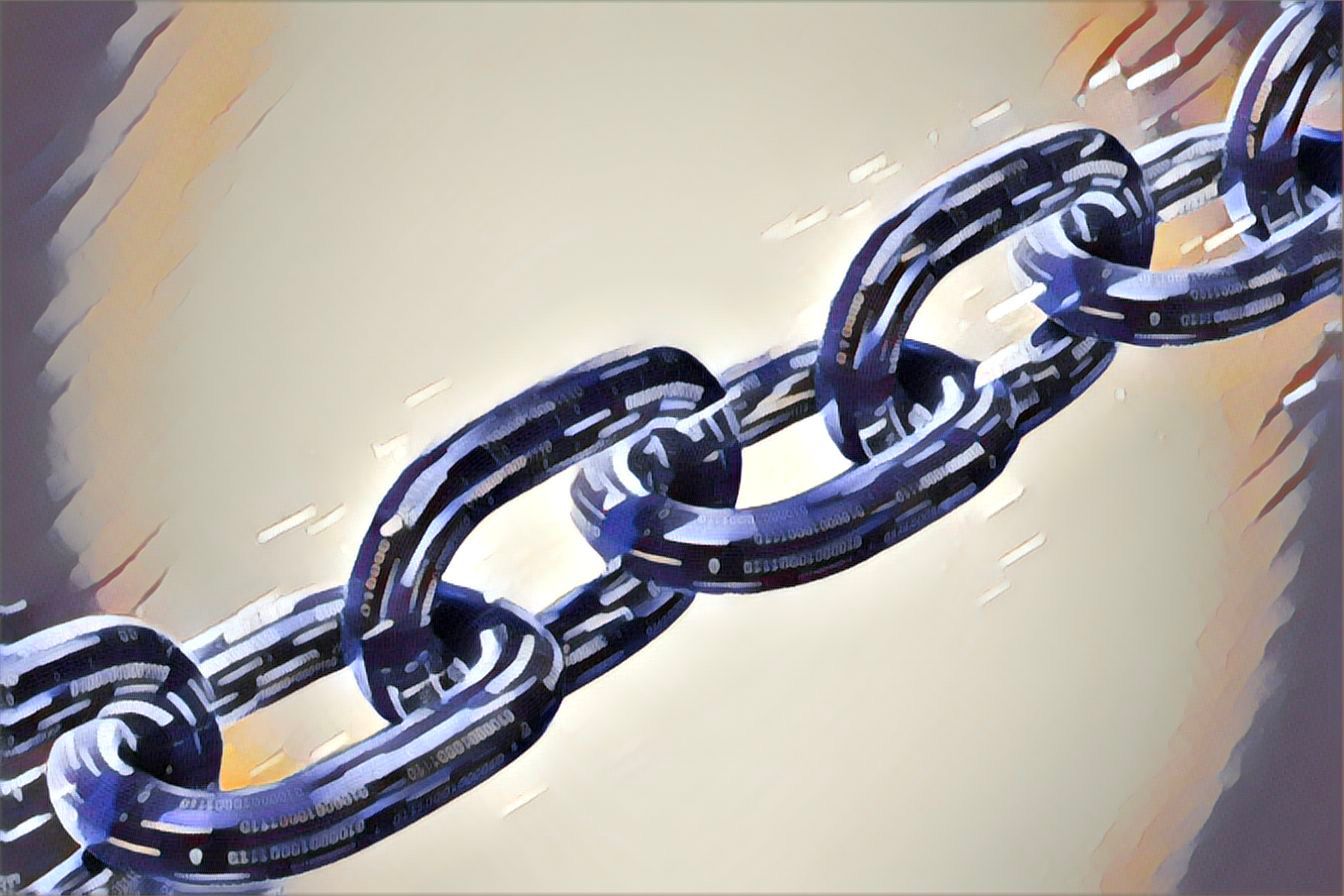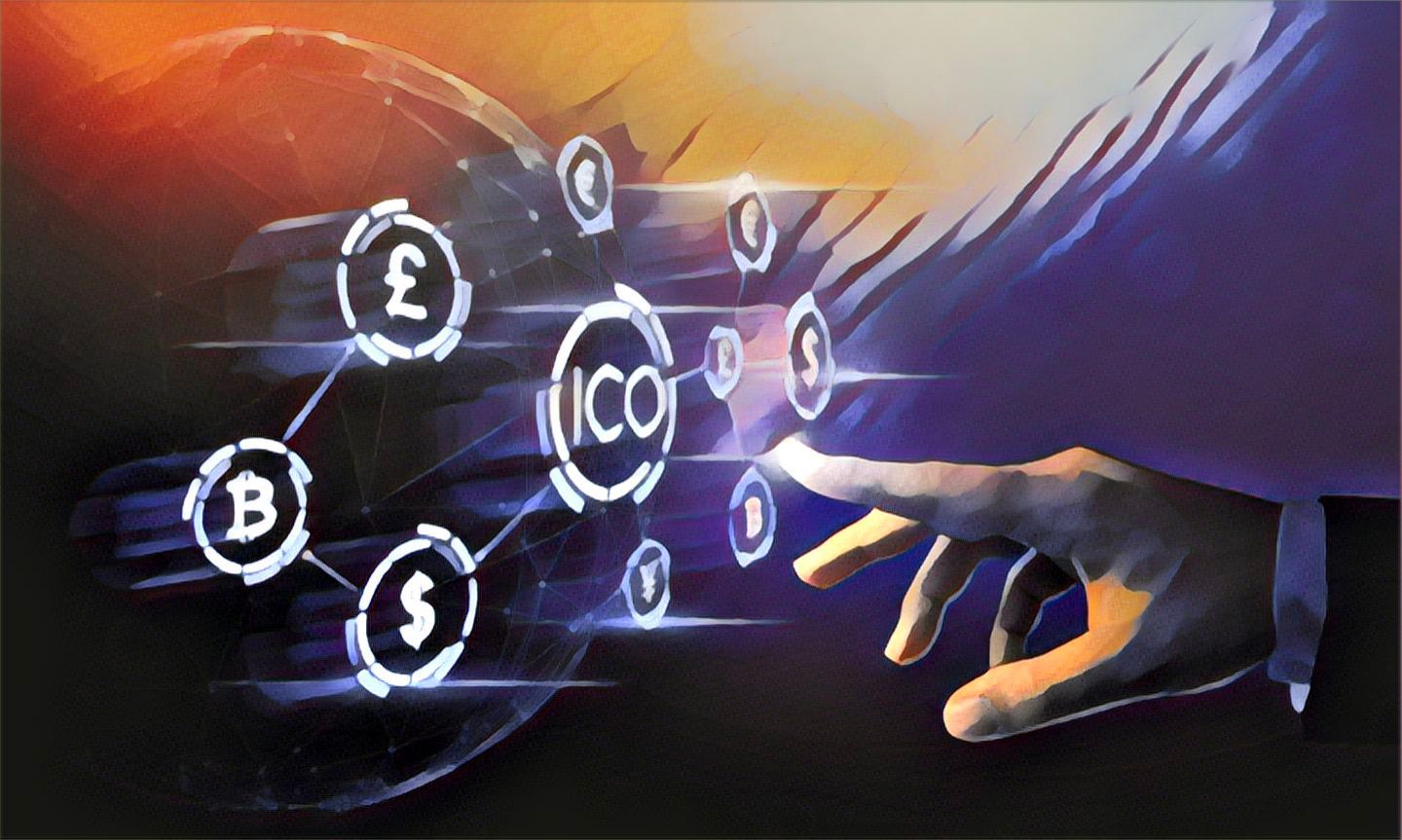Interest Rates
Interest rates are the cost of borrowing money. If you take out a loan for $1,000, you pay interest on the loan. The amount of interest you pay depends on the rate of interest, which is usually expressed as an annual percentage rate (APR).
The rate of interest is based on the prevailing market conditions and financial environment at the time you take out the loan. Interest rates can vary significantly between lenders and loan types. For example, a car loan might have a lower APR than a mortgage because it's shorter in duration and has lower risk.
Interest rates are a percentage of the balance in a savings or checking account. They're usually given as an annual percentage rate (APR), which can range from 0.01% to 20%.
For example, if you have $100 in your account and you earn 2% interest per year, your balance will increase by $2 over 12 months. The $2 is called the interest earned on your money.
Interest rates are one of the most important factors when choosing where to put your money. If you're saving for something specific like a down payment on a house or college tuition, then it's important to know how much interest you'll earn on those savings and compare that with other options such as certificates of deposit (CDs) or bonds.
Why are interest rates important?
Interest rates are one of the most important/vital factors in the economy. They influence every aspect of our daily lives, from the price of groceries to home ownership, and even our retirement savings.
Interest rates play a key role in determining how much you pay for an item or service. For example, if you have $100 and want to buy a coffee maker that costs $10,000, the interest rate determines whether you will be able to afford it or not. If your income is fixed at $100 per year and there is no inflation, then paying back $10,000 with interest over ten years would cost $11,010 in total. If your income increases by 3% per year and there is no inflation during this period, then paying back $10,000 with interest over ten years would cost only $9,990 in total because you earn more money each year as prices go down due to increased productivity.
Interest rates are a key determinant of the economy. They affect how much consumers, businesses, and governments spend. They also affect how much people save and invest. And they can even affect how much people borrow to buy homes or cars, as well as their ability to pay off those debts.
Interest rates also play an important role in the stock market or cryptocurrency market. When interest rates are high, it's more expensive for companies to borrow money and expand operations. That can slow economic growth and hurt stock prices. But when interest rates fall, it becomes cheaper for companies to borrow money and grow faster, which can boost economic growth and stock prices.
In addition to affecting the economy, interest rates also have a direct impact on your own financial well-being — especially if you're paying off debt or saving for retirement. For example:
If you have credit card debt and high-interest rates, paying off that debt may be harder if interest rates rise because you'll have to make larger payments each month just to keep up with your minimum balance requirements (which tend to increase along with the rate). This is one reason why many experts recommend paying off high-interest credit card debt first before starting an emergency fund or investing for retirement (unless you're willing to take on riskier investments).
What is a negative interest rate?
A negative interest rate is when a lender charges the borrower for borrowing money. Negative interest rates are rare, but they've happened in some countries.
The idea behind negative interest rates is that it makes borrowing more expensive and incentivizes people to spend instead of saving.
For instance, if you have a savings account that earns -1% interest per year and you have $1,000 in it, at the end of the year you'll have $999.97 in your account. If you take out a loan with an interest rate of -2%, then at the end of one year you'll still have $1,000 (plus your payment) but at the beginning of year two, you'll owe $1,003 — not exactly an incentive to save more!
Crypto interest rates
Interest rates in the cryptocurrency market are not fixed. They vary depending on the cryptocurrency and the current market conditions.
At this moment, there are two types of interest rates:
The first type is an interest rate that is fixed for a certain period of time. This type of interest rate can be seen in most cryptocurrencies, such as Bitcoin and Ethereum.
The second type is an interest rate that varies over time, based on the current market conditions (such as demand and supply). Interest rates on coins like these are usually determined by the number of coins available for lending, so you can expect higher interest rates when there are more coins available for lending compared to when there are fewer coins available for lending.



